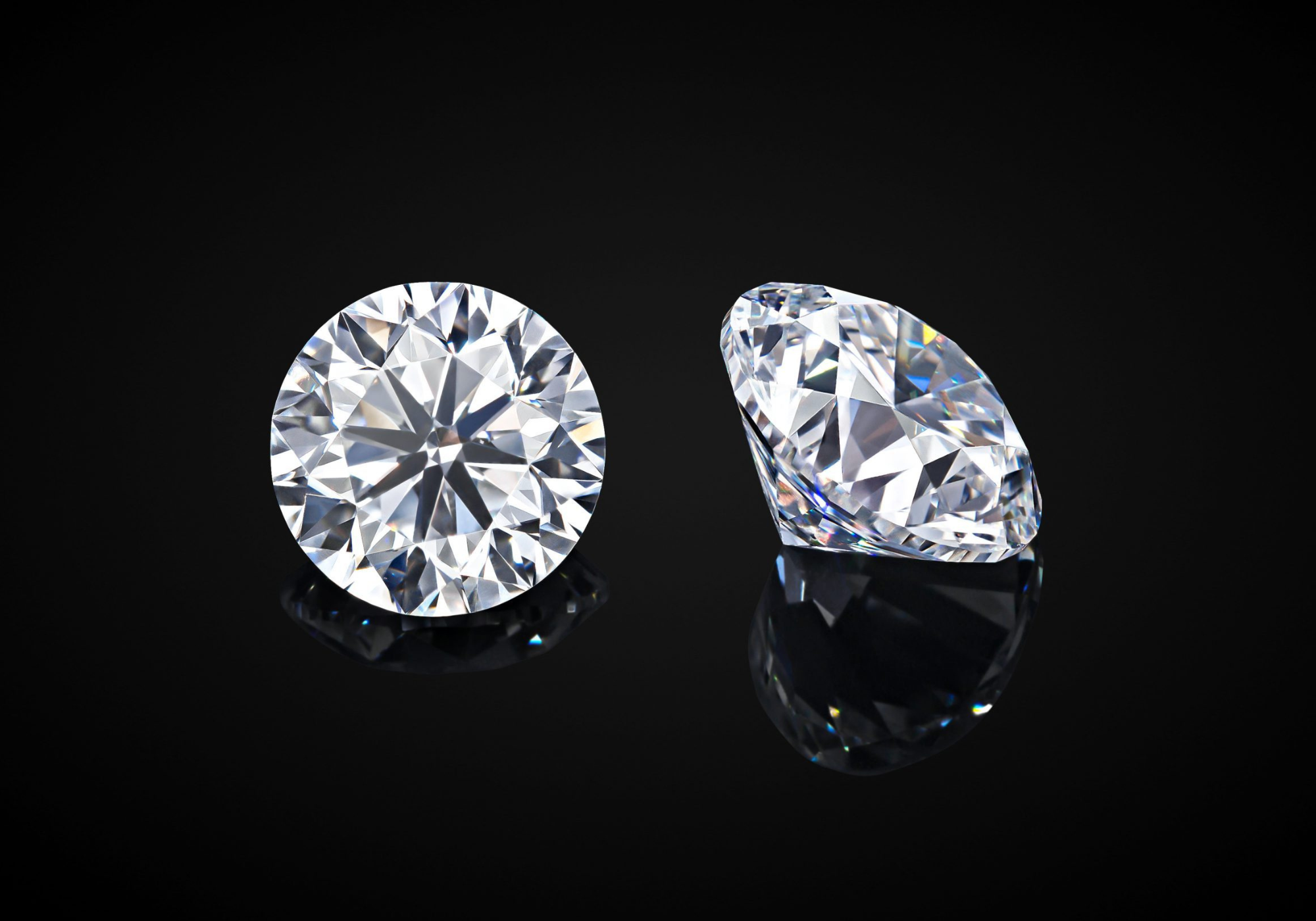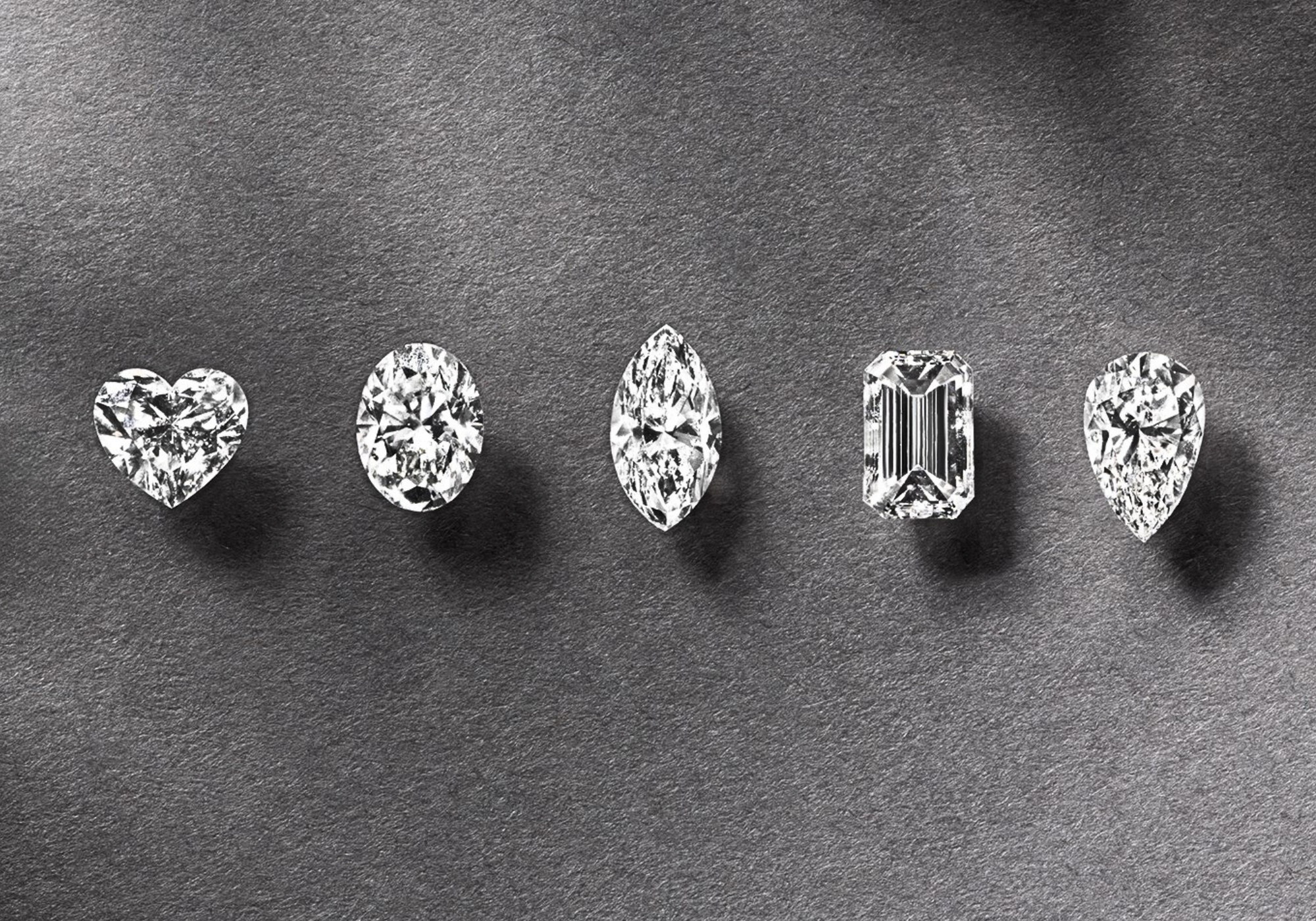
What is a Lab-Grown Diamond?
Lab-grown diamonds are real diamonds, identical to those mined from the earth, but created in a controlled, high-tech laboratory setting. This article explores the process of making these diamonds, how they compare to their mined counterparts, and their ethical and environmental advantages.
Defining Lab-Grown Diamonds
Lab-grown diamonds are an innovative alternative to mined diamonds. Despite their origin in a laboratory, they are chemically, physically, and optically the same as natural diamonds. With a hardness of 10 on the Mohs scale, lab-grown diamonds are not simulants; they are genuine diamonds, indistinguishable in appearance and quality from those found in the earth.
Composition and Properties
Lab-grown diamonds are composed of carbon atoms arranged in the same crystal structure as mined diamonds. This arrangement gives them identical physical, optical, and thermal properties. They are known for their exceptional clarity and durability, ensuring their sparkle lasts a lifetime. Lab-grown diamonds offer the same enduring qualities as natural diamonds, making them a fantastic choice for those seeking both beauty and resilience.
Appearance and Sparkle
Visually, lab-grown diamonds are identical to mined diamonds. They possess the same brilliance and fire, particularly when well-cut. From small to large sizes, lab-grown diamonds exhibit high clarity and color, making them as captivating and beautiful as their natural counterparts. Their ability to capture and reflect light in dazzling ways ensures that they sparkle just as brilliantly, making them a popular choice for all types of jewelry.
The Creation Process of Lab-Grown Diamonds
Lab-grown diamonds are created through two primary methods: High Pressure High Temperature (HPHT) and Chemical Vapor Deposition (CVD). Both processes replicate the natural conditions under which diamonds form, using tiny carbon seeds from pre-existing diamonds.
High Pressure High Temperature (HPHT)
The HPHT method, developed in the 1950s, mimics the natural environment where diamonds are formed. In this process, a diamond seed is subjected to temperatures over 1,000 degrees Celsius and pressures of around 1.5 million PSI. This environment allows carbon atoms to bond and form a diamond crystal. HPHT diamonds can sometimes have a yellowish hue due to nitrogen exposure, similar to certain naturally occurring diamonds.
Chemical Vapor Deposition (CVD)
The CVD process involves placing a diamond seed in a vacuum chamber filled with carbon-rich gases, which are then heated to around 800 degrees Celsius. The gases ionize into plasma, allowing carbon atoms to deposit onto the seed and grow into a diamond. CVD diamonds typically have greater clarity and precision compared to HPHT diamonds, as this method allows for more control over the growing environment.
Ethical and Environmental Benefits
Choosing lab-grown diamonds comes with significant ethical and environmental benefits. The production of these diamonds reduces the environmental impact by eliminating the need for mining, which can be destructive to ecosystems. Some labs also use renewable energy sources to further minimize their carbon footprint. Moreover, lab-grown diamonds ensure ethical sourcing, as they are free from the human rights abuses often associated with traditional diamond mining.
Comparing Lab-Grown and Mined Diamonds
Lab-grown diamonds are generally less expensive than mined diamonds, often costing about 70% less. However, it's important to note that neither lab-grown nor mined diamonds typically appreciate in value over time. The market for lab-grown diamonds is expanding rapidly, with a projected global market volume of nearly 19.2 million carats by 2030, indicating growing consumer acceptance and demand.
Rarity and Uniqueness
While mined diamonds are often perceived as rare, millions of carats have been extracted over the years. Lab-grown diamonds, on the other hand, are crafted in a controlled environment, which often results in better quality stones. They offer unique characteristics and are not part of a large monopoly, providing consumers with an ethical and high-quality alternative.
Lab-Grown Diamond Jewellery Options
Lab-grown diamonds are available in a wide variety of jewelry options, from engagement rings to earrings. They can also be customized to meet specific preferences. For example, some jewelry brands offer tools that allow customers to select attributes such as color, carat, shape, cut, and clarity for a personalized design. This flexibility, coupled with the ethical benefits, makes lab-grown diamonds an increasingly popular choice for modern consumers.
Identifying Lab-Grown Diamonds
Distinguishing a lab-grown diamond from a mined one requires sophisticated equipment and trained gemologists. Institutions like the Gemological Institute of America (GIA) provide advanced identification services to verify a diamond's origin. Lab-grown diamonds created using the HPHT method may have dark metallic inclusions and exhibit magnetic properties, while CVD diamonds do not. Additionally, grading reports and laser inscriptions on the girdle of lab-grown diamonds help ensure transparency and authenticity.
The Future of Lab-Grown Diamonds
The global market for lab-grown diamonds was valued at $22.45 billion in 2022 and is expected to grow to $37.32 billion by 2028. As younger generations increasingly favor lab-grown diamonds for their ethical and environmental benefits, their popularity continues to rise. Advances in technology are also making it possible to produce larger stones, further broadening their appeal.
Lab-grown diamonds represent a remarkable blend of human ingenuity and technological innovation. They offer an ethical and environmentally friendly alternative to mined diamonds without sacrificing quality or brilliance. As technology advances and consumer preferences shift, lab-grown diamonds are poised to become an increasingly popular choice for jewelry lovers around the world.








